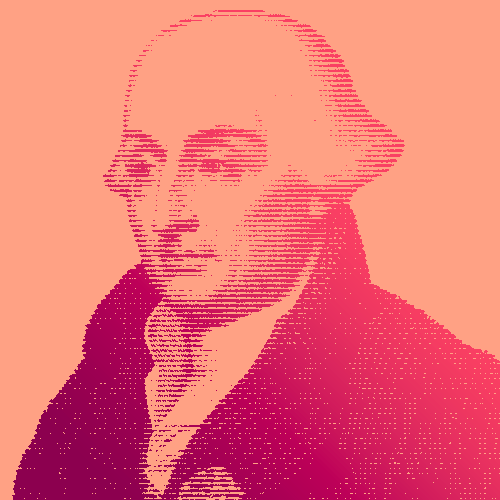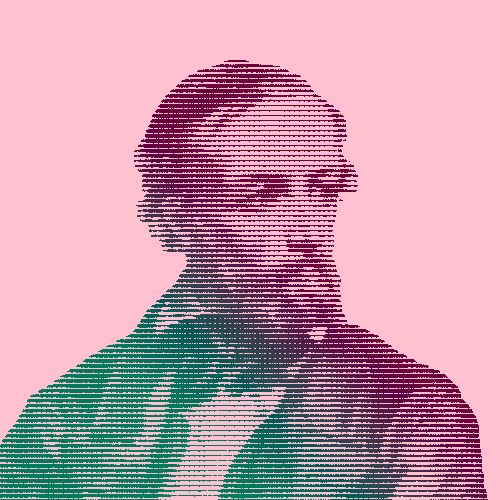Joseph-Louis Lagrange (1736-1813), born Giuseppe Ludovico Lagrangia, loved numbers, especially algebra and calculus. A prolific researcher, timid teacher and largely self-taught academic, this Italian astronomer and mathematician took a vivid interest in an array of topics from Jupiter’s moons to group theory.
Of French descent, Joseph-Louis Lagrange was born in Turin, Italy, and started studying at the University of Turin at just 14 years old. Bored by geometry, his interest was sparked by algebraic equations and throughout his life, he would always favor an algebraic approach which he considered more rigorous than geometry.
He wrote to leading mathematician, Euler, sharing his work on the calculus of variations. This bold move and impressive achievement got him a position as professor of mathematics at an artillery school in Turin, the Royal Military Academy. At just 18, he left the University of Turin without a degree and began teaching calculus and mechanics. The students were far older than him and often struggled with his highly advanced theories.
New horizons
Oppressed by the stuffiness of Italian academic circles and with the support from the king, he created the Turin Royal Academy of Science inspired by the institutions in France and Germany. Continuing his work on applying the calculus of variations to the real world, he hopped over to Berlin where he was appointed Director of Mathematics at the Prussian Academy of Sciences. During this industrious period, he worked on partial differential equations, group theory and Lagrangian points — drinking large amounts of tea and coffee to continue for hours on end.
French living
At the age of 51, he moved to Paris to join the French Académie des Sciences. He also helped implement the metric system during the French Revolution as a founding member of the Bureau des longitudes. Along the way, he got married to his second wife Renée-Françoise-Adélaïde Le Monnier, who was more than 30 years his junior, and was made a French senator in 1799.
“There being only one universe to be explained, nobody could repeat the act of Newton, the luckiest of mortals.”
A fresh take on Newton
He is probably best known for completing the most comprehensive treatment of classical mechanics since Newton. His masterpiece transformed Newtonian mechanics into a branch of analysis based on the concept of “virtual work” using algebra and calculus. Other significant contributions include the theory of probabilities and the foundations of group theory.
Buried in the Panthéon alongside Victor Hugo and Marie Curie and with his name written on the Eiffel Tower, Lagrange clearly made his mark on mathematics during his lifetime… and continues to do so to this day.
Key Dates
-
1766
The French Academy of Sciences’ Prize
Joseph-Louis Lagrange wins the French Academy of Sciences’ Prize for his explanation of the orbits of Jupiter’s moons.
-
1794
Lagrange joins the new French Ecole Polytechnique
J.-L. Lagrange becomes the first professor of analysis at the French École Polytechnique when it opens.
-
1808
A count of the French Empire
Lagrange is named a count of the French Empire, and later given the Order of the Reunion (he was already a Grand Official of the Legion of Honor).




